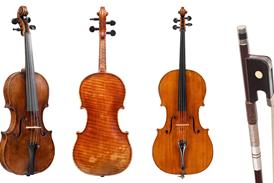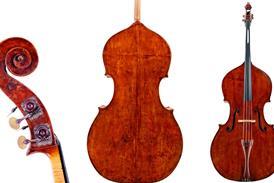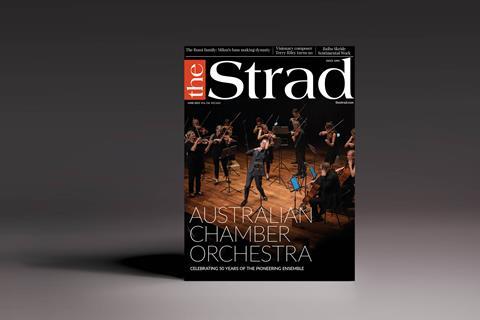- More from navigation items
- Home
- News
- For Subscribers
- Student Hub
- Playing Hub
- Podcast
- Lutherie
- Magazine
- Magazine archive
- Whether you're a player, maker, teacher or enthusiast, you'll find ideas and inspiration from leading artists, teachers and luthiers in our archive which features every issue published since January 2010 - available exclusively to subscribers. View the archive.
- Jobs
- Shop
- Directory
- Contact us
- Subscribe
- School Subscription
- Competitions
- Reviews
- Debate
- Artists
- Accessories
Making Matters: Building a five-string cello

David Folland gives some practical tips, based on his recent experience of building a five-string cello
Cellists are aware that Bach’s Cello Suite no.6 BWV1012 was written for an instrument other than the four-string cello. It may have been the violoncello da spalla, essentially a small cello played like a viola. Using a five-string cello with a high E string greatly facilitates the playing of this suite. This cello, which originally had gut strings, required a shorter body and string length than a standard full-size cello; using a gut E string works much better at a shorter length because the tension can be lower. Tensioning a full-length gut E string to pitch can strain the limits of the material, so most five-string cellos are sized similarly to a 3/4 size, which can compromise their size of sound. However, with the advent of modern composite strings, several string manufacturers now produce a high cello E string that is very suitable for use on a full-size cello, enabling five-string players to produce a bigger and more powerful sound, particularly on the G and C strings…
Already subscribed? Please sign in
Subscribe to continue reading…
We’re delighted that you are enjoying our website. For a limited period, you can try an online subscription to The Strad completely free of charge.
* Issues and supplements are available as both print and digital editions. Online subscribers will only receive access to the digital versions.




























